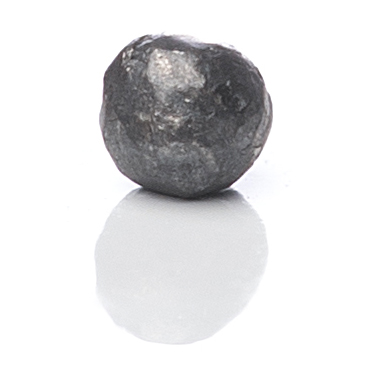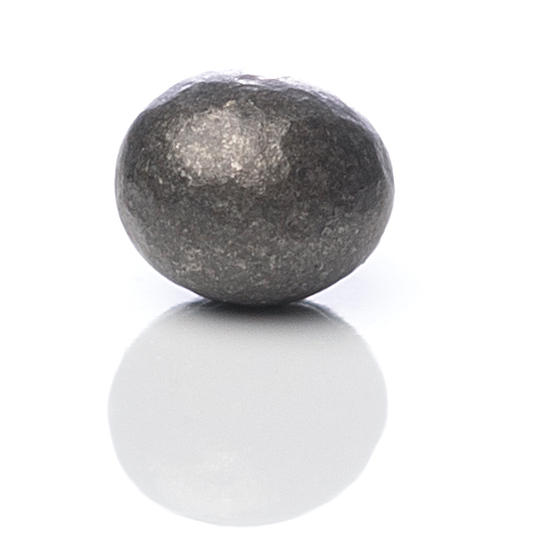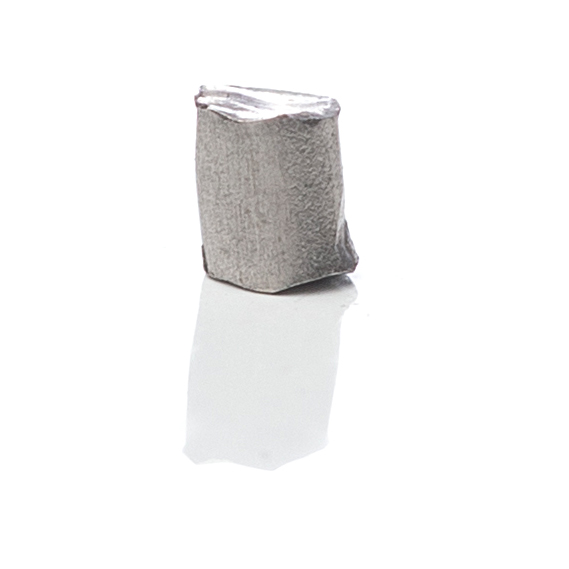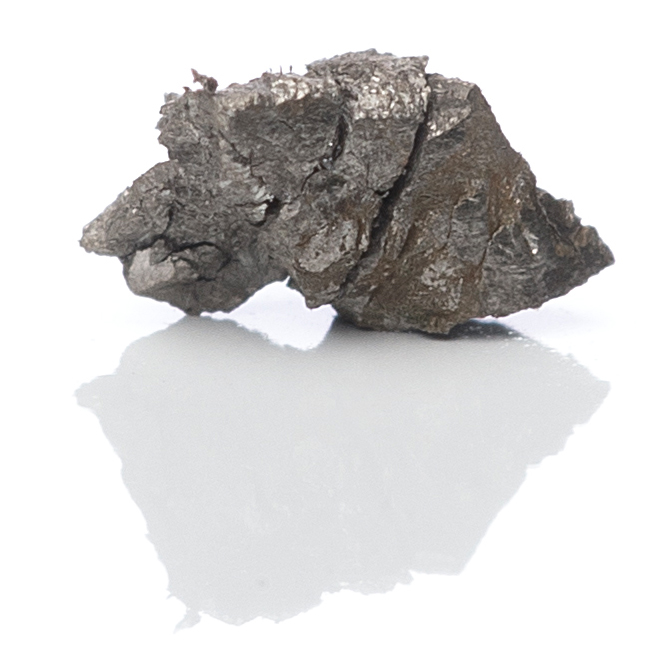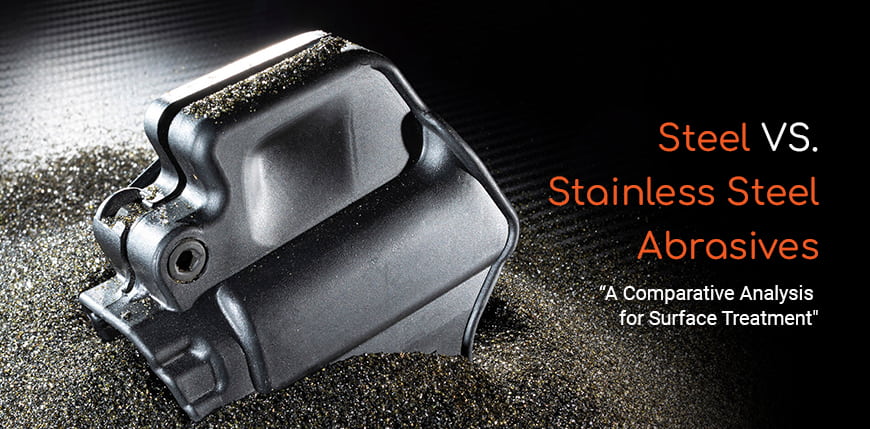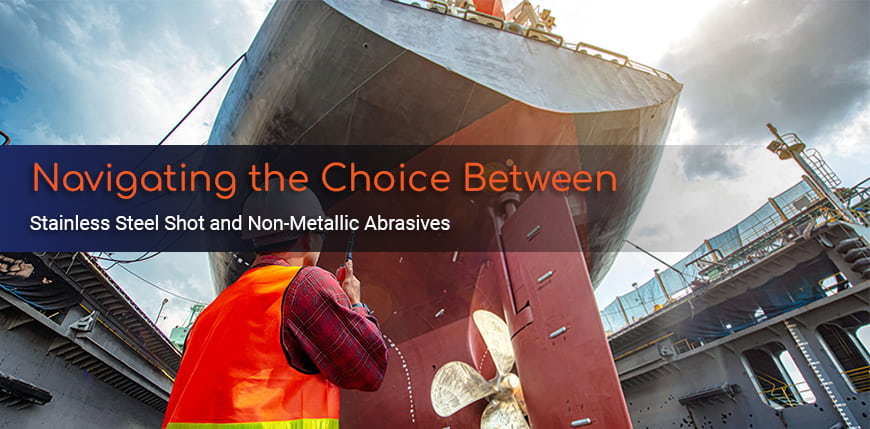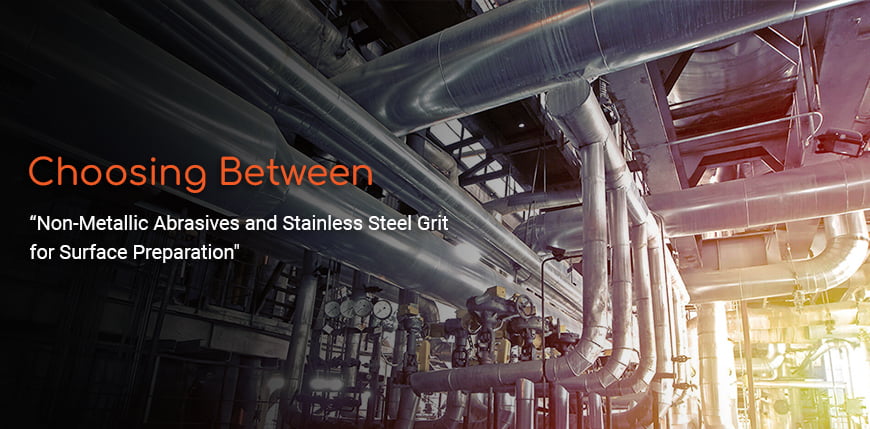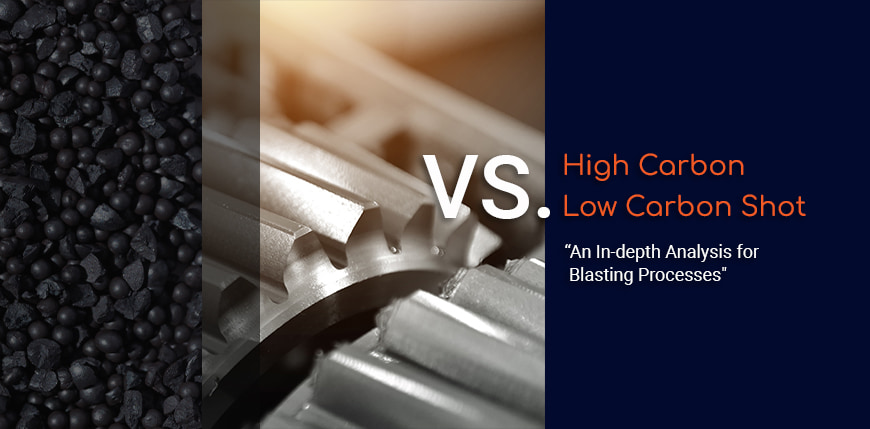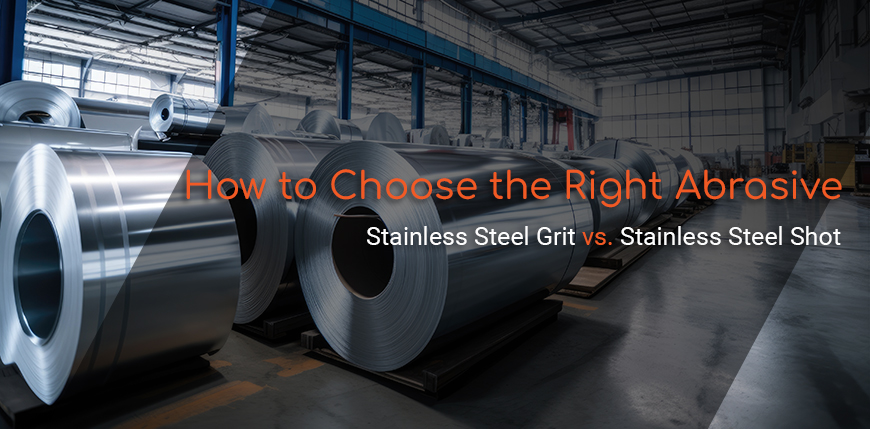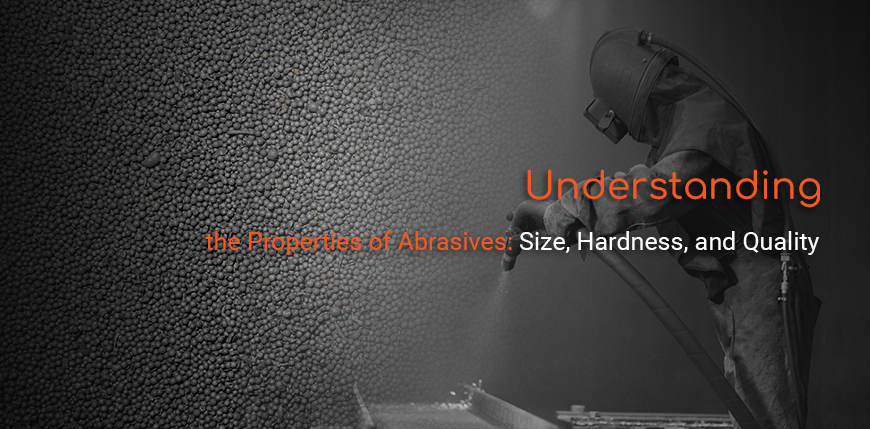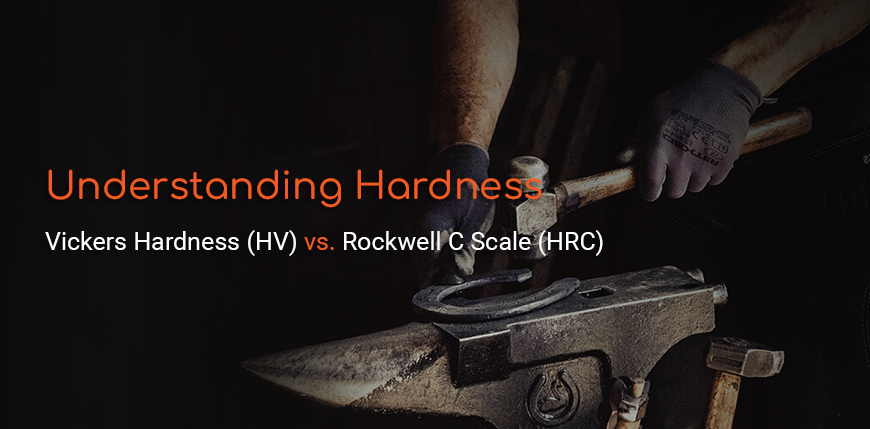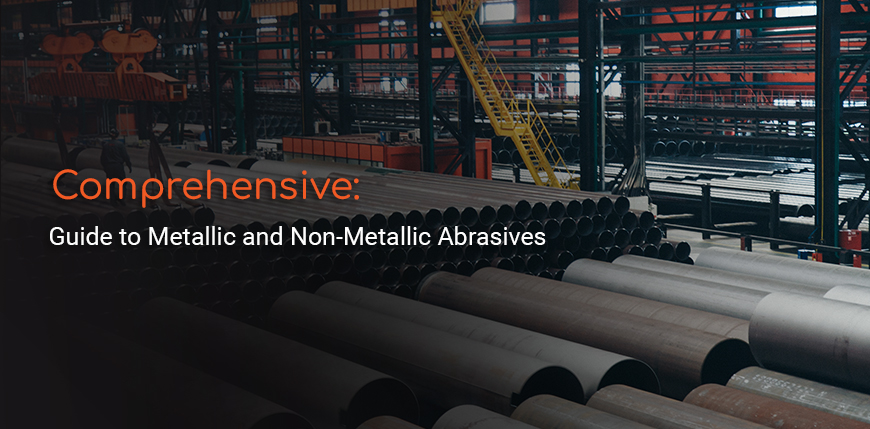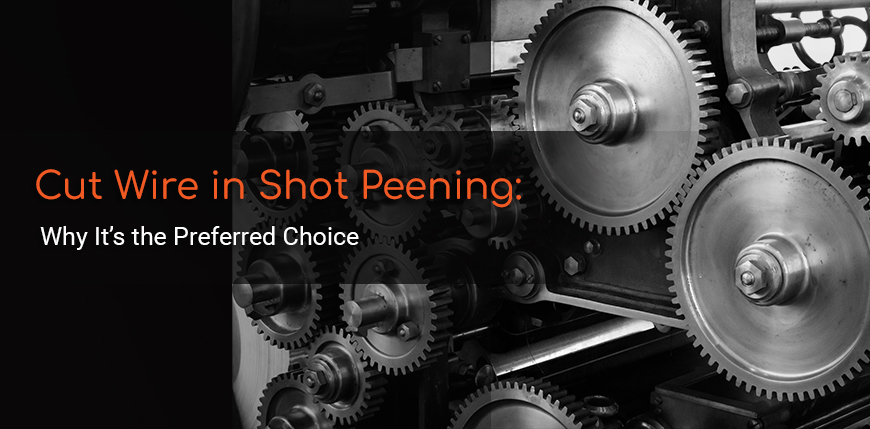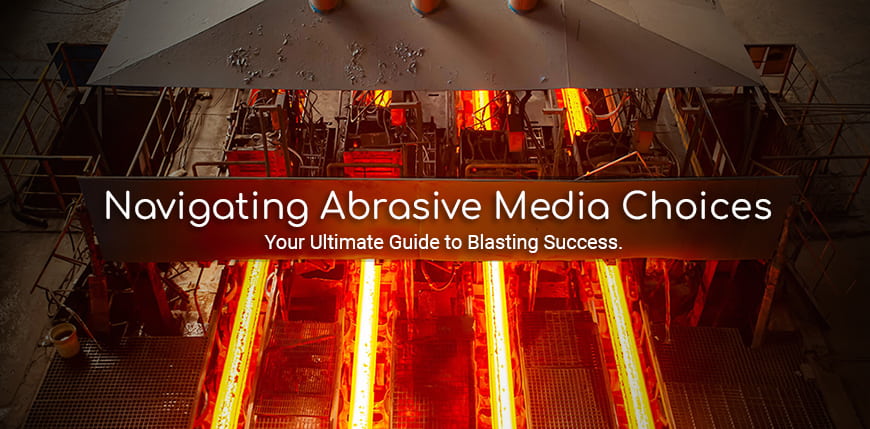
In the realm of abrasive blasting, the strategic selection of abrasive media is paramount for achieving operational excellence. This comprehensive guide delves into the nuanced differences between various types of abrasive media, offering insights into their applications, advantages, and the industries that stand to benefit most. By understanding these distinctions, professionals can make informed decisions, ensuring their blasting processes are both effective and efficient.
High Carbon Shot vs. Low Carbon Shot
Discover the intricacies of choosing between high carbon and low carbon shot, where the balance between hardness adjustability and application-specific requirements is critical. High carbon shot's versatility makes it suitable for a wide range of surface treatments, while low carbon shot offers cost advantages and reduced brittleness for less aggressive blasting needs. Read more about High Carbon vs. Low Carbon Shot.
Cut Wire vs. Peening Shot
Evaluate the performance and longevity of cut wire compared to peening shot. Cut wire's durability and specific applications in bonding processes make it a preferred choice for certain industries, whereas peening shot's accessibility and adaptability cater to a broader range of surface preparation tasks. Explore the differences between Cut Wire and Peening Shot.
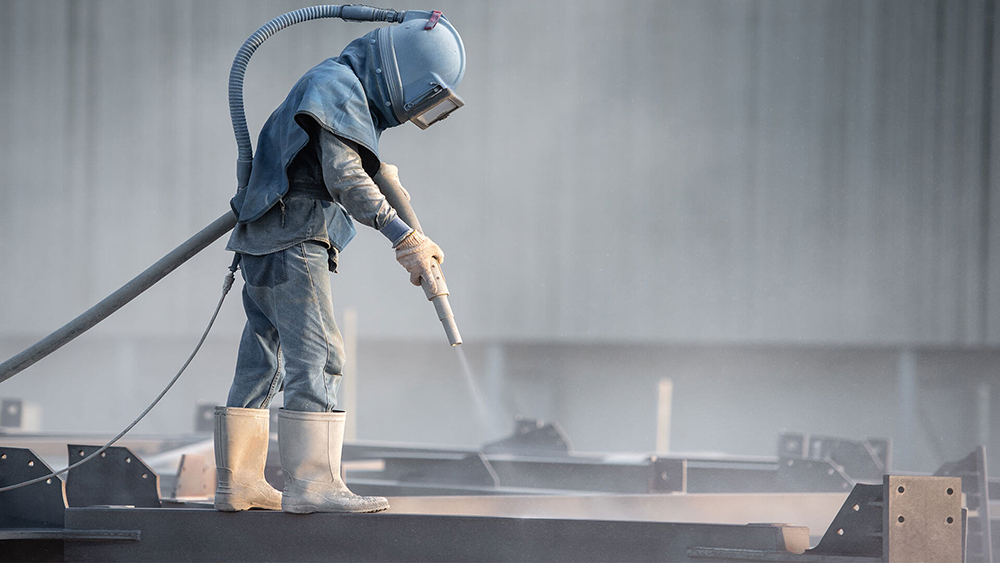

Non-Metallic Abrasives vs. Stainless Steel Grit
Understand the environmental impacts, cost implications, and specific applications of non-metallic abrasives versus stainless steel grit. Non-metallic abrasives shine in outdoor blasting and ecological applications, while stainless steel grit is favored for its corrosion resistance and durability in more demanding surface treatments. Delve into Non-Metallic Abrasives vs. Stainless Steel Grit.
Steel Shot/Grit vs. Stainless Steel Shot/Grit
Compare steel shot/grit with stainless steel shot/grit across various parameters, including cost, corrosion resistance, and specific uses. This comparison highlights the suitability of each type for different industries, emphasizing stainless steel's advantages in minimizing corrosion and steel's effectiveness in general surface prep. Learn more about Steel vs. Stainless Steel Abrasives.
Stainless Steel Shot vs. Non-Metallic Abrasives
Contrast the performance of stainless steel shot with non-metallic abrasives on sensitive surfaces, taking into account cost and environmental considerations. This analysis points to scenarios where one might be preferred over the other, based on surface delicacy and ecological concerns. Read the full comparison of Stainless Steel Shot vs. Non-Metallic Abrasives.
Cast Iron vs. Steel Grit
Examine the differences between cast iron and steel grit, focusing on their performance on sensitive surfaces, cost of use, and situations where one may be more suitable than the other. Cast iron's sharp profile makes it ideal for certain applications, while steel grit offers durability and cost-effectiveness. Discover when to use Cast Iron vs. Steel Grit.
The Value of Expert Guidance
Across all these abrasive media types, the importance of expert guidance in optimizing the blasting process cannot be overstated. Tailored advice from professionals can significantly enhance the efficiency and outcomes of blasting operations, ensuring that each choice of media is perfectly aligned with the specific needs of the application. Consult with our experts for personalized guidance.
Conclusion
Making the right choice in abrasive media is crucial for the success of any blasting operation. This guide aims to equip professionals with the knowledge needed to make informed decisions, enhancing the quality and efficiency of their surface treatment processes. For more detailed insights into each comparison and to benefit from expert advice, click on the links provided to read the full articles.



